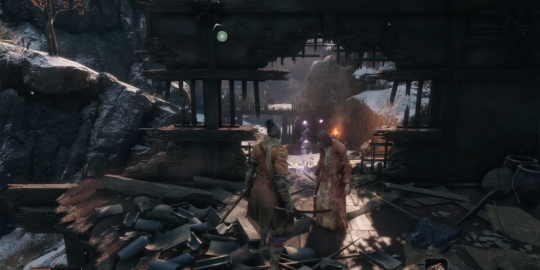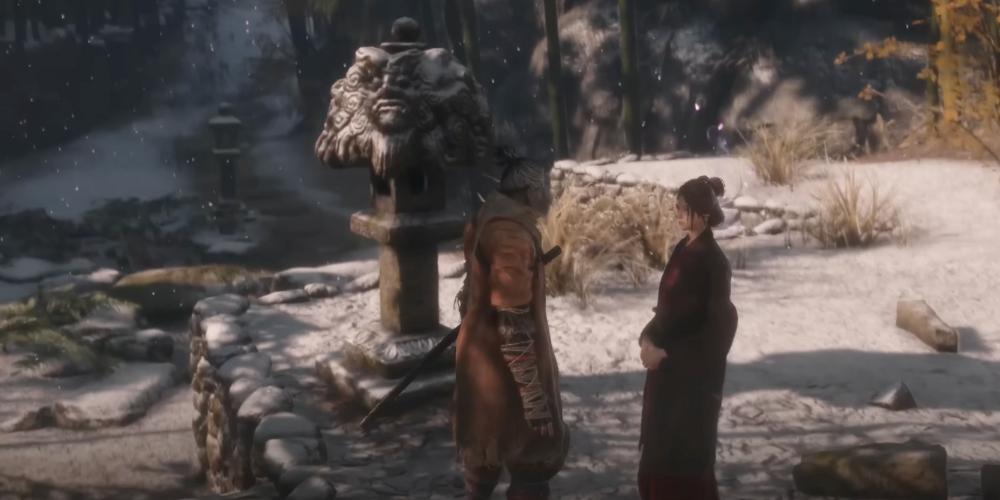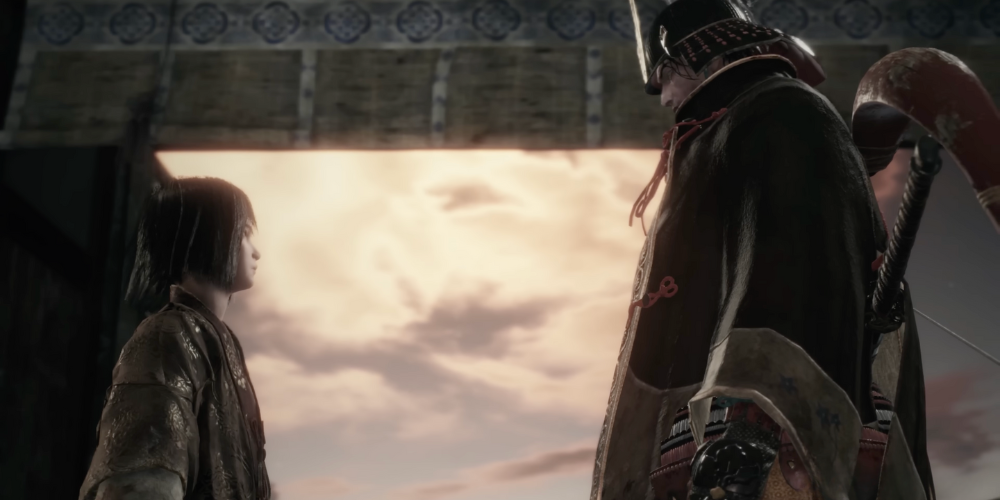
In "Sekiro: Shadows Die Twice", mastering the art of combat is essential for progressing through this challenging and intricately designed game. Developed by FromSoftware, the game is known for its steep difficulty curve and requires players to employ a variety of combat techniques and strategies. Traversing the unforgiving landscape of Sengoku-era Japan demands keenly honed battle tactics essential to thwart the grip of death. This all-encompassing manual delves into crucial combat maneuvers to empower you, the singular-armed wolf, Sekiro, to flourish amidst the chaos.
Understanding Posture and Vitality
The combat system in Sekiro revolves significantly around the concepts of Posture and Vitality. Every enemy, including bosses, has a Vitality and Posture bar. Vitality represents the enemy's health, while Posture indicates their balance and stance stability. Depleting an opponent's Posture allows you to perform a Shinobi Deathblow, instantly defeating them regardless of their remaining Vitality.
To excel in combat, a dual approach is often required: whittle down the Vitality to slow their Posture recovery and deliver heavy attacks to break their Posture. Lower vitality means slower Posture recovery, making opening enemies up for devastating finishers easier. However, the approach can vary significantly depending on the enemy type and battle scenario.
Mastering Deflection
Deflection is one of the core mechanics in "Sekiro" that players must master. Timing your block perfectly with the enemy's strike allows you to deflect the attack, severely impacting the enemy's Posture and preserving your own defense. Perfecting the timing of deflections can turn the tide of any battle, allowing you to defeat even the toughest opponents by breaking their Posture quickly.
.png)
Practice is key to mastering deflection. Each enemy has unique attack patterns, and learning these is crucial. Many boss fights are designed around your ability to deflect attacks consistently. This mechanic not only reduces incoming damage but also sets up opportunities for counter-attacks and maintaining aggressive pressure on your foes.
Utilizing Stealth Tactics
Stealth is a critical aspect of gameplay in "Sekiro", offering players a strategic advantage by thinning out enemies or even eliminating key targets before a full engagement. Use the environment to stay out of the sightlines of enemies, and approach them from behind or above to execute a silent takedown.
Stealth also allows you to manage engagements on your terms, especially when dealing with groups of enemies. By eliminating or weakening foes covertly, you can control the flow of battle and focus on more challenging opponents without getting overwhelmed.
Exploiting Enemy Weaknesses
Every adversary and boss in Sekiro possesses unique vulnerabilities that can be utilized for a smoother win. These vulnerabilities can be as simple as a predisposition to a particular type of combat or as complex as a hidden mechanic specific to a boss. For example, some enemies are particularly vulnerable to fire, meaning that using your Shinobi Firecracker or Flame Vent can turn a difficult fight into a manageable one.

Furthermore, many bosses have special combat sequences or attacks that expose them to follow-up attacks. Learning these patterns and knowing when and how to strike can drastically lower the difficulty of these encounters. Be observant and patient, and make use of Sekiro's Prosthetic Tools to exploit these weaknesses effectively.
Leveraging Prosthetic Tools
The Prosthetic Arm that Sekiro wields is not just a narrative element but a significant component of the game's combat system. It can be outfitted with various tools that serve multiple purposes in combat, from breaking enemy defenses to providing crowd control.
Experiment with different tools in various combat scenarios to figure out their best applications. The Shuriken Wheel, for example, is excellent for dealing with fast-moving enemies or those attempting to retreat to regain Posture. In contrast, the Loaded Axe can smash through heavier shields and defenses.
Managing Healing and Resources
In battle, managing your healing gourds and other resources is vital to maintain your longevity in fights. Every enemy encounter should be approached with a strategy for resource management, especially in prolonged engagements such as boss fights.

Use your healing items sparingly and at moments where it's safe to do so. Also, consider how you might use items like the Pellet to slowly regenerate health over time, allowing you to save your more immediate healing resources for critical moments.
The Importance of Resurrection
One unique feature of "Sekiro" is the ability to resurrect after falling in combat. While this can provide a strategic second chance, its misuse can lead to increased difficulties, such as strengthened enemies. Strategic use of resurrection can allow you to bait enemies into overextending themselves or to simply provide a buffer to retreat and rethink your approach.
However, use this mechanic wisely. Resurrecting at the wrong time can lead to wasted potential and increased risk. Observing enemy patterns and choosing the optimal moment to rise again is as crucial as any attack or defensive maneuver.
In conclusion, mastering combat in "Sekiro: Shadows Die Twice" involves a detailed understanding of its unique mechanics and an adaptable approach to each challenge it presents. Whether you are deftly deflecting attacks, strategically using your prosthetic tools, or carefully managing your resources, each element plays a pivotal role in journey as the indomitable shinobi. With these strategies in hand, face the adversities of Sengoku Japan with confidence and prowess."